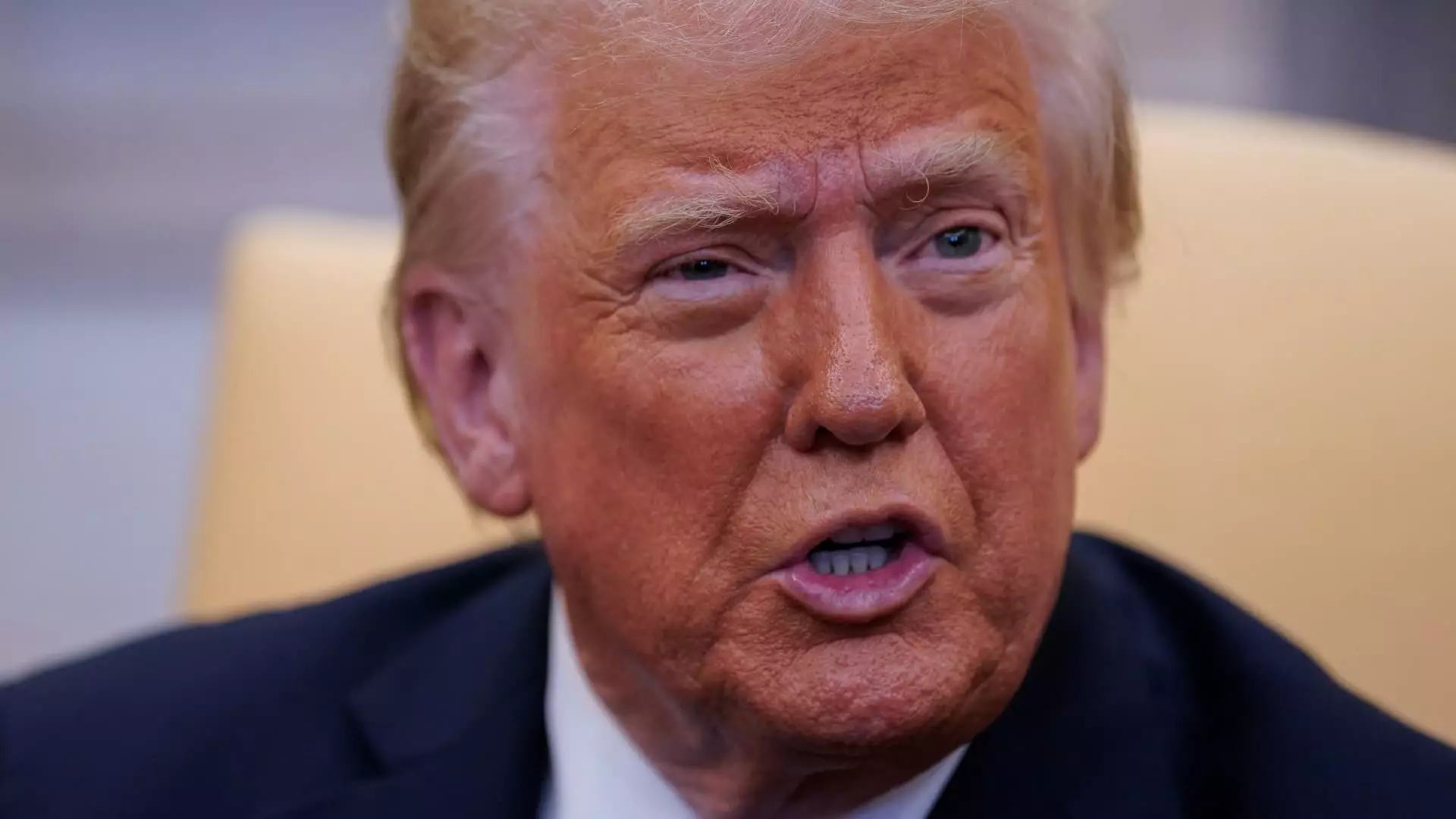The penny, a staple of American currency since its introduction, may be on the verge of extinction, thanks to President Donald Trump’s recent directive to halt its production. In a bold claim via his Truth Social platform, Trump asserted that the U.S. government has been incurring losses by minting this one-cent coin, which costs more than two cents to create. This reduction in government spending is framed as a victory for fiscal responsibility—a sentiment that many Americans can appreciate. However, the implications of this decision extend far beyond mere dollars and cents.
One of the central questions surrounding Trump’s order is whether he possesses the legal authority to unilaterally stop the minting of pennies. The U.S. Constitution designates coinage power exclusively to Congress, while federal law does give the Treasury Secretary the capability to mint coins as necessary. Thus, Trump’s directive could provoke a significant legal debate. Analysts suggest that, despite potential challenges, the cessation of penny production could survive judicial scrutiny. Economics experts, such as Jaret Seiberg from TD Cowen, argue that this move might even exacerbate coin shortages, thereby increasing costs for merchants.
Seiberg’s analysis underscores a broader trend in the financial landscape: the shift toward electronic payments. With the potential for a decrease in physical pennies, companies like Visa and Mastercard could see increased usage of their digital services as both consumers and merchants adapt to a cashless environment. The idea of a cashless society is becoming less hypothetical; as the production of low-denomination coins halts, societies may be driven, albeit reluctantly, to embrace digital transactions more fiercely.
The irony of the penny’s situation is palpable; for over 19 years, it has cost more to produce than its actual value. In 2024, each penny incurs a striking cost of 3.69 cents, illustrating a glaring inefficiency. Additionally, the 5-cent coin suffers an even greater depreciation in terms of production cost, costing approximately 13.78 cents to create. As these financial realities become more evident, the public may find themselves questioning the viability of not just the penny, but also other low-value coins in circulation.
While the idea of eliminating the penny has garnered some support for its emphasis on fiscal prudence, public sentiment is mixed. Many Americans harbor nostalgic feelings towards the penny, associated with traditions of saving or collecting. Dismantling its production may not be as straightforward as simply citing cost, as it touches upon emotional and cultural connections to money. The ripple effects of such a decision could influence spending habits and savings behaviors across the nation.
Trump’s proposal to cease penny production opens the door to a multitude of economic considerations. It presents a case study in what fiscal responsibility means in a modern context and what impact it may have on the financial behaviors of millions of Americans. The action could propel society further into a digital future, but it also raises questions about tradition and the legal mechanisms setting the course for American currency. As discussions unfold, it is evident that the fate of the penny—and possibly other small denominations—remains fraught with complexity and significance.

Leave a Reply